I have a telematic insurance dataset with 1-sec sample for a driver that agreed to have installed in its vehicle an event data recorder. This is how data look like:
head(y,15)
ACCELERATION GPS_SPEED
2071513 0.012 1
2071514 0.012 2
2071515 0.012 3
2071516 0.012 4
2071517 0.012 5
2071518 0.012 6
2071519 0.012 7
2071520 0.012 8
2071521 0.012 9
2071522 0.000 10
2071523 -0.012 16
2071524 -0.012 17
2071525 0.000 24
2071526 0.084 25
2071527 0.096 26
I would like to create a v-a heatmap as follow:

The code I tried to build and run, is hereby:
y <- as.data.frame(head(dplyr::select(data1, RT_AVG_ACC_X, RT_GPS_SPEED),5000))
y <- as.matrix(y)
heatmap(y)
The result is pretty awful:

Would you guys please help me?
Thank you all.
Result of the code in the answer:
